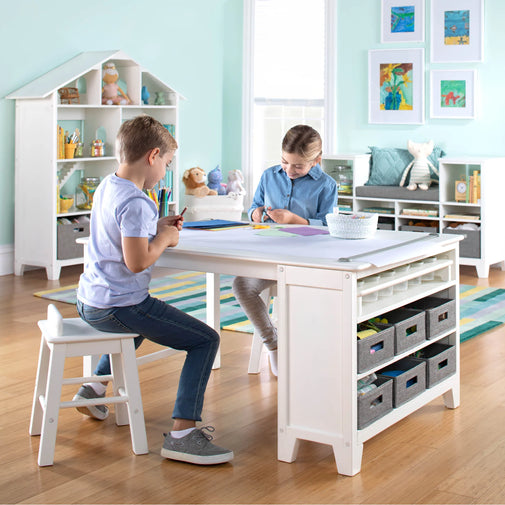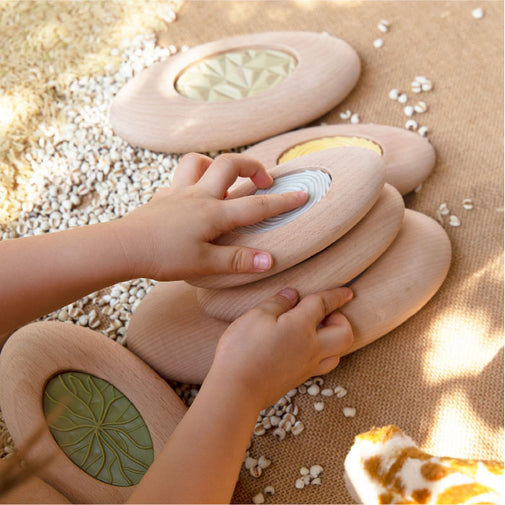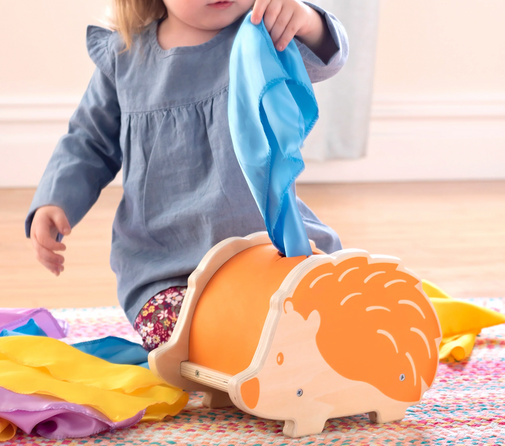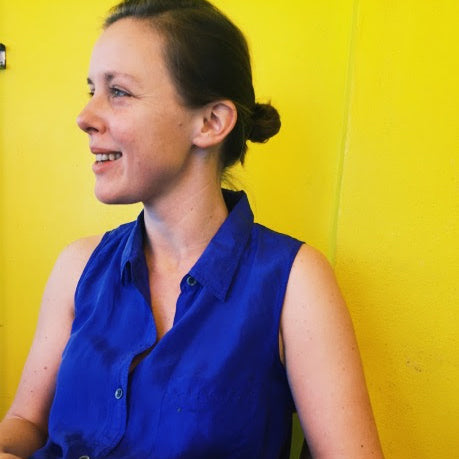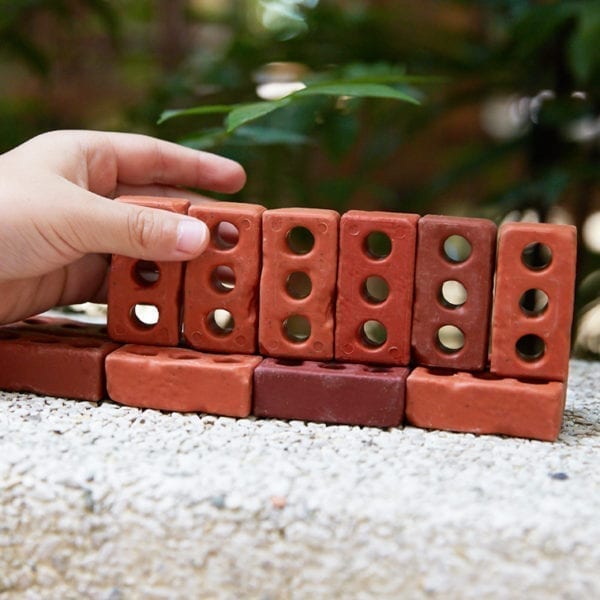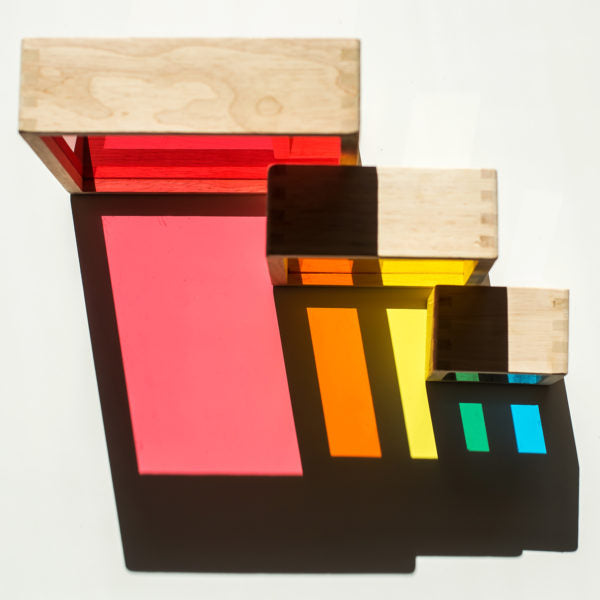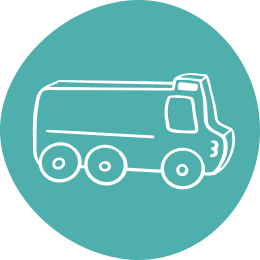A Head Taller: Let Children Play on Their Own Terms


“In play, a child always behaves beyond his average age, above his daily behavior in play it is as though he were a head taller than himself.” – Lev Vygostsky*
Picture a child at play, with materials and ideas they are interested in: perhaps some classic unit blocks. They are balancing and stacking in ways they have practiced and done before, over and over again. They start to mess about with a long block as a ramp, playing with the incline and balance so that a toy car might roll right into an enclosure they also made out of blocks. They try this over and over again, making tiny adjustments to get everything just right. The blocks will tip and fall in the process; they will find themselves needing more than the two hands they have to solve this problem they have created. But they persevere.
Another child might be making marks on paper, letter-like shapes. They have deduced that these little squiggles they see everywhere are a secret code: reading and writing are a key to a whole other layer of the world. From attentive listening to babbling to pointing at picture books, this child has been tuned into literacy from birth: now, they are playing with symbolic language themselves, going through the actions of creating written language. They might not be writing something you or I can ‘read’, but they can certainly tell us – read to us – what their message says.
Giving young children the opportunity to play on their own terms, with open-ended materials, equates to opportunities to be “a head taller”.
Children are highly capable; it is usually we adults that get in the way, swooping in to solve problems that we should really be leaving to the child. That process, remember, is where the learning happens: problem solving is how the child tries things on for size that are just beyond what they can currently do or accomplish. Playing around with Treasure Tubes and Treasure Blocks, I felt this big idea in action.

For three to five-year-olds, a collection of the two containers is an opportunity to explore their space and world, create collections, stack, and – most importantly – open and close. They can collect something and cap it in for observation: it might be a bug or a dandelion or little things found around the house. A Treasure Tube might become a place for those little scribbled notes: the cap pops on and off easily, but keeps their message sealed safely inside.

When children want to explore a challenge beyond putting on and taking off a simple cap, the screws in the Treasure Blocks stretch them to explore a new idea. Offering a Philips Head screwdriver, along with the Treasure Blocks, lets them know they can try for themselves. Loosening the screws in advance is a clear invitation to engage with the blocks and the tools. Each kid will approach this opportunity differently: one child might only practice loosening and tightening the screws; another may add materials inside of the block, cap and close it, and be pleased that everything is sealed in so tightly.
So, what might the children you care for do if they have the materials and space to challenge themselves? How are they already engaged in play where they practice being a head taller?
*Vygotsky, Lev S. 1967. “Play and Its Role in the Mental Development of the Child.” Soviet Psychology 5:6–18.



